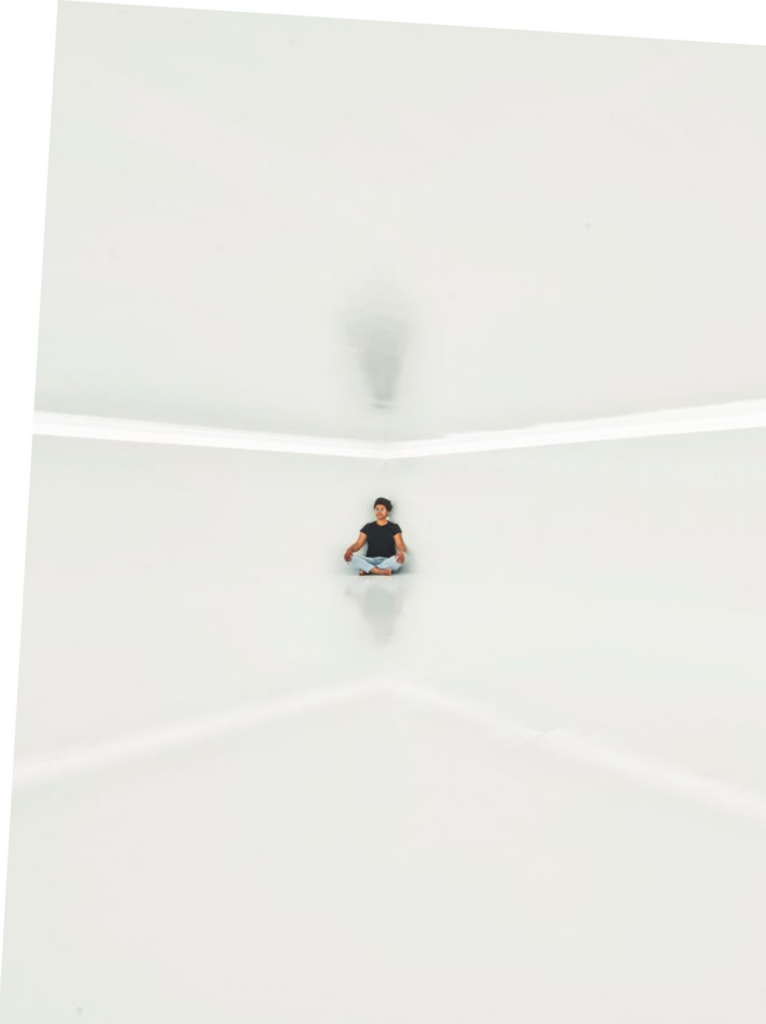She was born in 1942 in the French capital, Paris, where she lives and works
Initiation Room nº2 | Meditation Capsule, Initiation Room nº2 | Meditation Capsule
1971/2022/2024
Tania Mouraud’s extensive body of work—ranging from painting to public art, conceptual writing, installation, videos, sonic works, and performances—has addressed artistic and humanistic themes, such as the plasticity of language and the individual’s own perception and self-awareness, as well as a broader set of ethical and sociopolitical issues, confronting persistent inequalities and our treatment of the environment. A key figure of contemporary French art, Mouraud has engaged with diverse art scenes, vocabularies, and movements, thus evading any facile classification of her practice. She has exhibited in countless individual and collective exhibitions across the globe and has permanent installations at prestigious institutions such as the Centre Pompidou in Paris and the Collection FRAC Lorraine in Metz.
In 1969 the artist began creating so-called initiation rooms: psychosensorial environments that could be built within homes or public buildings as places of refuge to escape the hectic rhythm of the outside world. An early iteration of this series in 1970 featured a cavity in the floor that corresponded to the dimensions of Mouraud’s own body: “I am building a world where I could die in peace,” she stoically declared. Inspired by a Tang Dynasty statue of the Buddha, Initiation Room N° 2 (1971/2022/2024) is a low-ceilinged, luminous white space that beckons visitors to sit inside in quiet contemplation. The effect of the diffused lighting along with the reflective quality of the glossy white paint applied to the walls, floor, and ceiling creates the illusion of an infinite space—a metaphor for the expanded human consciousness said to result from the practice of meditation. To help facilitate this state of quiet wakefulness, the peaceful, hypnotic sound of a 200-hertz sine wave is continuously emitted throughout the room, its tone varying slightly according to the movement of bodies as they enter and exit. Mouraud’s installation is a generous, participatory work of art, meant not to be looked at (and admired), but rather to provide an immersive experience that allows us, the viewers, to look within ourselves.



